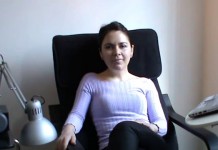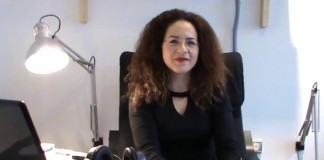Scilang Institute is proud to have hosted a great many doctors who prefer to master their English. They have always been our best students with their steel discipline and everlasting desire for learning.
The procedure for doctors at Scilang starts with a thorough check up and once they are diagnosed, their treatment starts. That is, they take their level exam first and once their true level of English is determined, they start studying with the outline tailored for them.
Mostly, they come up having forgotten much of the grammar they studied at school and the Scilang Helix, the 25-hour study program of advanced English, provides them with all the details of written and spoken English they are supposed to use as part of their jobs.
Whether it is an important exam or a speech they have to deliver at a medical conference, Scilang is 24/7 ready to study with doctors either at our headquarters or at their hospitals.
If you want to be able to write medical articles good enough for publication, then…
“You may have good pearls, but they won’t call it a necklace if you don’t know how to string them.”
The quote was part of a reply from an American Professor proofreading, by which he meant that a doctor might have good vocab but unless he learns how to line his words academically, his medical articles won’t be found worthpublishing.
Doctors who study at Scilang usually manage to get their articles published in world-wide medical journals such as the American Journal of Medicine, BMJ – British Medical Journal, New England Journal of Medicine, Circulation and Science.
 The reason for success at Scilang lies in the precision of the knowledge given to our doctors. The Scilang Helix, our education system which encompasses all advanced-level shortcuts for academic English, enables our doctor students to translate into English even the most difficult sentences.
The reason for success at Scilang lies in the precision of the knowledge given to our doctors. The Scilang Helix, our education system which encompasses all advanced-level shortcuts for academic English, enables our doctor students to translate into English even the most difficult sentences.
Part of a sample translation below clearly signifies how far a Scilang student can go in being able to use advanced English:
“1838 yılında Paris Sorbonne’da görev yapan Raffaele Piria isimli İtalyan kimyager salisilini laboratuar koşullarında hidroliz ve oksidasyon yöntemleri ile şeker ve aromatik bileşenlerine ayırmış ve iğne şeklinde olmayan, kristalize, renksiz daha aktif “salisilik asit” isimli nispeten daha saf molekülü elde etmiştir.” – TR
“In 1838, Raffaele Piria, an Italian chemist then working at Sorbonne Paris, split salicin into its sugar and aromatic components by hydrolysis and oxidation, thus obtaining a more active relatively purer non-needle-like crystallised colorless molecule called the “salicylic acid.” – EN
The long and the short of it is that if you are a doctor on the way to heights and success and looking for a solution to your English problem, then you are welcome to Scilang, your #1 career fighter!









